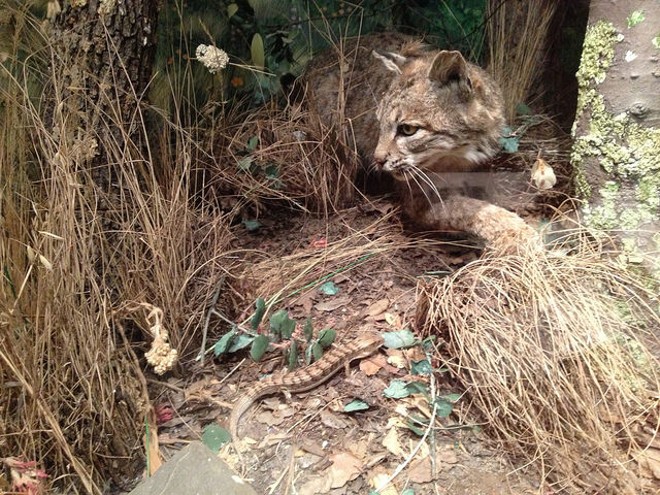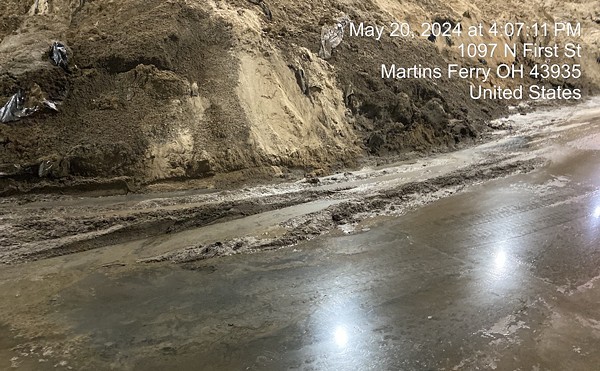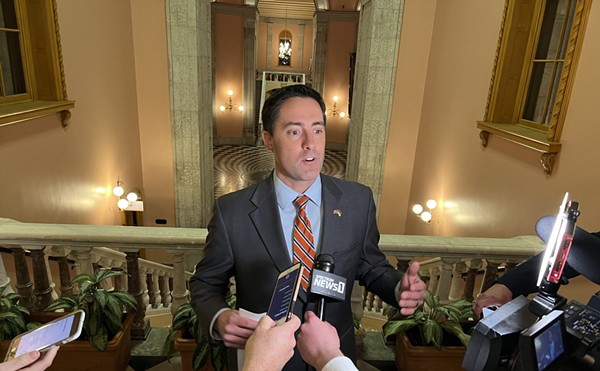Researchers: Trapping of Once-Endangered Bobcats in Ohio a Premature Move as Species' Numbers Recover
By Mary Kuhlman, Ohio News Connection on Mon, Apr 2, 2018 at 11:27 am
[
{
"name": "Ad - NativeInline - Injected",
"component": "38482495",
"insertPoint": "3",
"requiredCountToDisplay": "5"
},{
"name": "Real 1 Player (r2) - Inline",
"component": "38482494",
"insertPoint": "2/3",
"requiredCountToDisplay": "9"
}
]
COLUMBUS, Ohio - A proposal to allow trapping of a once-endangered species in Ohio is being called premature by researchers and wildlife groups. Just four years after bobcats were removed from the threatened species list, the Ohio Department of Natural Resources says the animal is making a comeback.
Dr. Shauna Weyrauch, senior lecturer at Ohio State University at Newark, studies bobcat populations. She explained that while visual sightings of bobcats have increased, the roadkill data has remained constant - which suggests the increased use of trail cameras could be behind the rise in visual sightings. And she said there are other factors that could be skewing the data.
"After the bobcat was delisted, there was a slight drop in reported sightings. Perhaps there was less interest in reporting at that time," Weyrauch said. "And then after 2017, when they implemented an online reporting system, there was a spike in reported sightings."
ODNR's Bobcat Management Plan recommends a bobcat-trapping season from November through January, beginning this year. Opponents argue that it is reckless to establish such a season without biological data and a true understanding of the bobcat population.
A series of public hearings will be held before a final vote on the plan on May 9.
According to news reports, an ODNR spokesman said there were nearly 500 verified sightings of bobcats last year, and the department is confident the population is secure. The trapping season would only include specific public hunting areas in southeastern Ohio, which Weyrauch said is troubling.
"Those areas probably supply the best habitat for bobcats," she said. "If a trapping season were open, I'm concerned that there would be a lot of trapping pressure on those public hunting lands and that would reduce the ability of the species to recover."
Weyrauch said she believes more data is needed before any trapping plan is approved because the bobcat is an important part of Ohio's ecosystem.
"The bobcat is one of just a few native felines - along with the mountain lion and lynx - that are native to Ohio," she said. "So as a top carnivore, they could be considered a keystone species and help regulate populations of rodents, for example."
In a 2017 outdoor recreation survey in Ohio, the majority of respondents reflected passive interactions with wildlife, and hunting had the lowest interest level.
The ODNR proposal, as well as public hearing information, is available at wildlife.ohiodnr.gov.
SCENE Supporters make it possible to tell the Cleveland stories you won’t find elsewhere.
Become a supporter today.
Scroll to read more Cleveland News articles
Newsletters
Join Cleveland Scene Newsletters
Subscribe now to get the latest news delivered right to your inbox.













